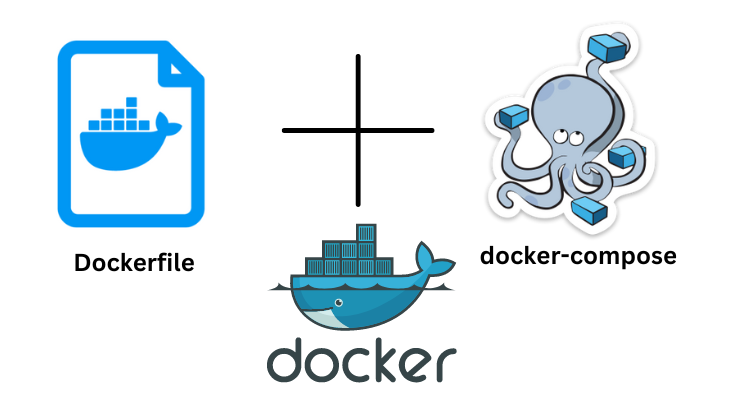
Demystifying Dockerfile and docker-compose: Understanding the Differences and Best Use Cases
Neamul Kabir Emon
Top-Rated DevOps Engineer & Cybersecurity Specialist | Building Scalable & Secure Solutions | Expertise in AWS, Python, Kubernetes, Terraform | CEH, ISC2-CC, AWS Certified | BSc in Computer Science
In the realm of DevOps and containerization, Docker has emerged as a game-changer. It offers robust tools for packaging, distributing, and running applications within containers. Among its core components are Dockerfile and docker-compose.yaml, two critical pieces that play distinct roles in the containerization process. Understanding the differences between them is crucial for maximizing their potential and streamlining development workflows.
Dockerfile: Building Blocks of Containers
At its core, a Dockerfile is a text document that contains instructions for building a Docker image. It serves as a blueprint for defining the environment and dependencies required to run an application within a container. Here's a breakdown of key aspects of Dockerfile:
When to Use Dockerfile?
docker-compose.yaml: Simplifying Multi-Container Environments
While Dockerfile focuses on building individual Docker images, docker-compose.yaml takes a higher-level approach, enabling the definition and management of multi-container Docker applications. Here's what you need to know about docker-compose.yaml:
领英推荐
When to Use docker-compose.yaml?
Conclusion: Leveraging Dockerfile and docker-compose.yaml for Containerization Success
In summary, Dockerfile and docker-compose.yaml are indispensable tools in the DevOps toolkit, each serving distinct purposes in the containerization journey. While Dockerfile excels at building custom Docker images with fine-grained control, docker-compose.yaml simplifies the orchestration of multi-container applications, streamlining development workflows and enhancing collaboration among teams.
By understanding the differences between Dockerfile and docker-compose.yaml and leveraging them effectively based on project requirements, organizations can unlock the full potential of containerization, achieving greater agility, scalability, and efficiency in their software delivery pipelines. Embracing these tools is not just about adopting the latest technology trends but about empowering teams to innovate and deliver value faster in today's fast-paced digital landscape.
?